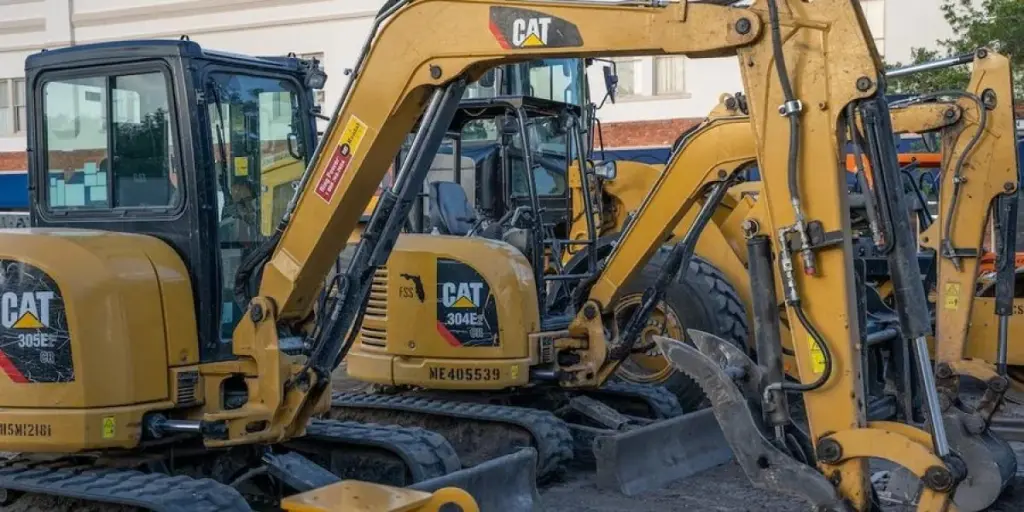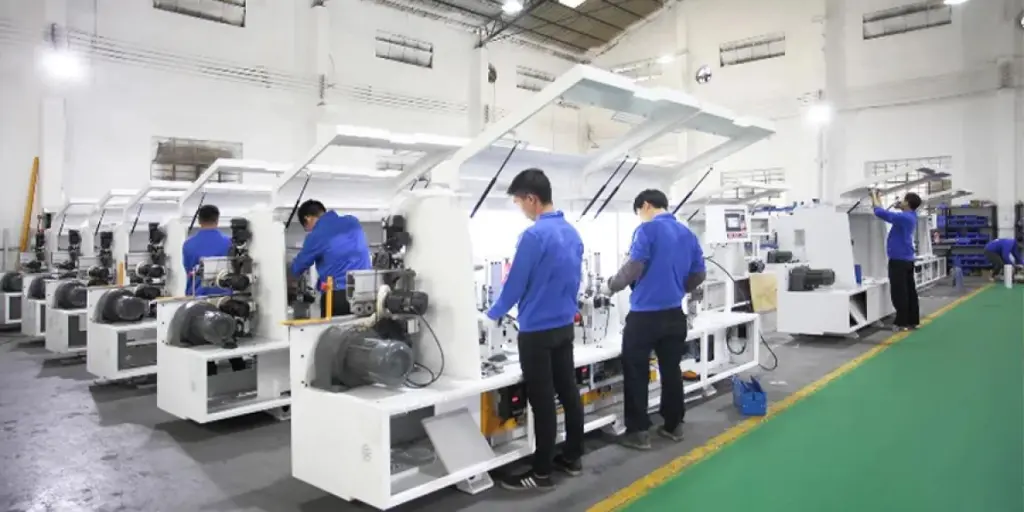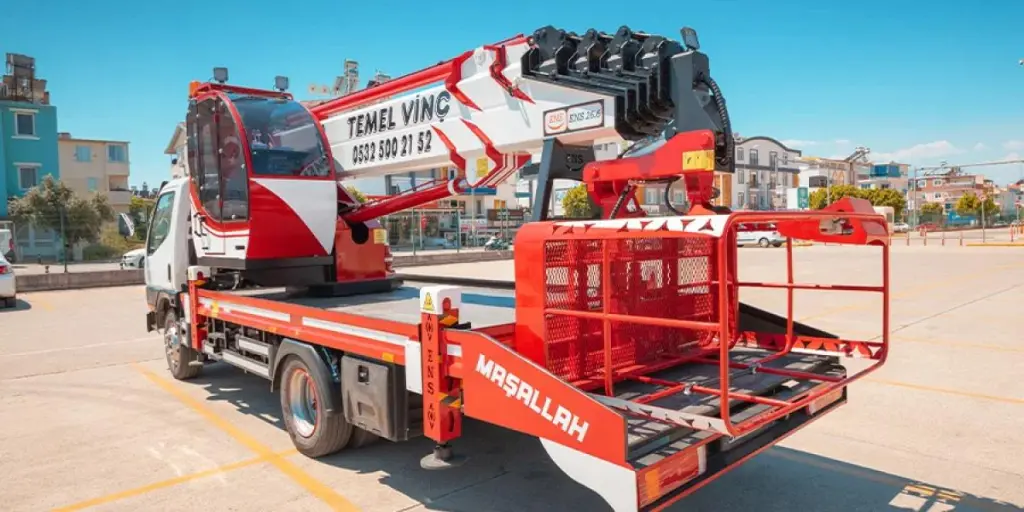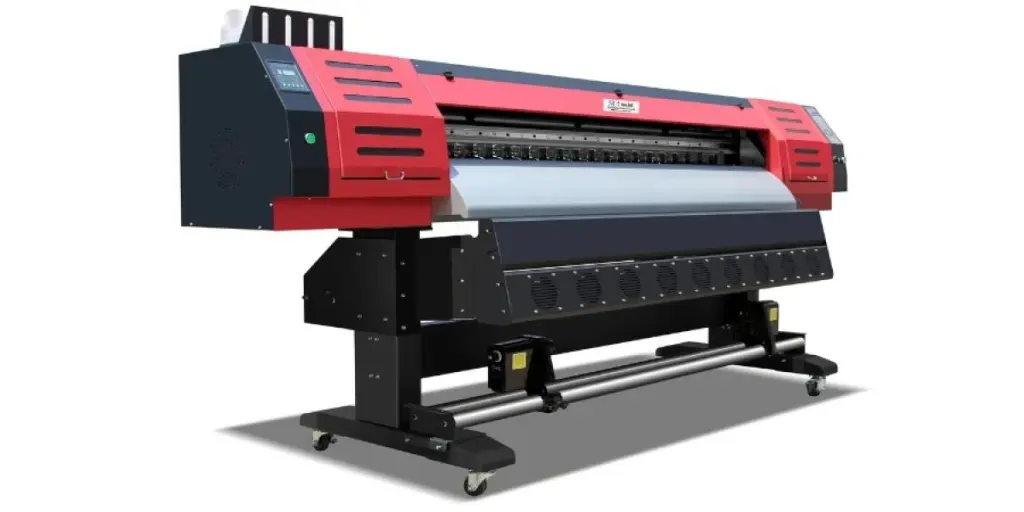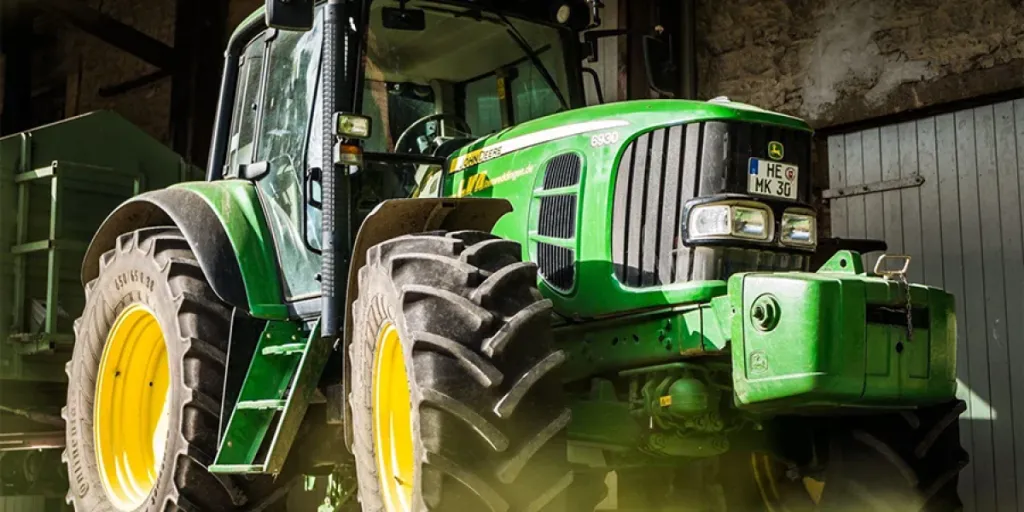Recent years have seen a significant global increase in demand for excavators and backhoes, mainly due to the rapid growth of the construction industry and infrastructural developments. Selecting one machine over the other can be difficult, especially since they have overlapping functions and are mainly used for digging and excavation.
However, excavators and backhoes have unique features that make each machine best suited for different jobs, thus influencing the demand and target market. This article explores these unique features and functions and compares their differences.
Table of Contents
Excavators market size and potential
Backhoes market size and potential
Features to consider when selecting excavators and backhoes
Functional differences between excavators and backhoes
Excavators vs. backhoes for different end customers
Conclusion
Excavators market size and potential
The excavator industry has been experiencing significant growth, primarily due to increased investments in the construction sector in developing countries such as India, China, and South Korea. As a result, the global market size was valued at US$ 70.65 billion in 2022 and is projected to grow at a compound annual growth rate (CAGR) of 5.2% from 2023 to 2030.
There are various factors driving this market growth, including:
- Growth in the global construction industry and infrastructure development
- Integration of automation technologies, such as remote control and GPS and laser-based systems for machine guidance and positioning
- Increased industrialization and mining activities
- A growing rental and leasing market
Backhoes market size and potential
Backhoes combine excavator and loader functionalities, thus resulting in a wide range of applications in multiple industries such as construction, landscaping, and agriculture. The global backhoes market value in 2022 was estimated at US$ 15.93 billion and is projected to reach US$ 25.77 billion by 2030, growing at a CAGR of 6.2%.
The factors driving this market growth are:
- Increased global construction activities and infrastructure development
- Technological advancements, including the integration of advanced features such as automated functions and telematics
- Urbanization in emerging economies
- Growing rental and leasing market
Features to consider when selecting excavators and backhoes
Excavators and backhoes are heavy equipment used in various industries. While they can sometimes be used for similar functions, excavators and backhoes possess distinct features that differentiate them and their applications.
Excavators
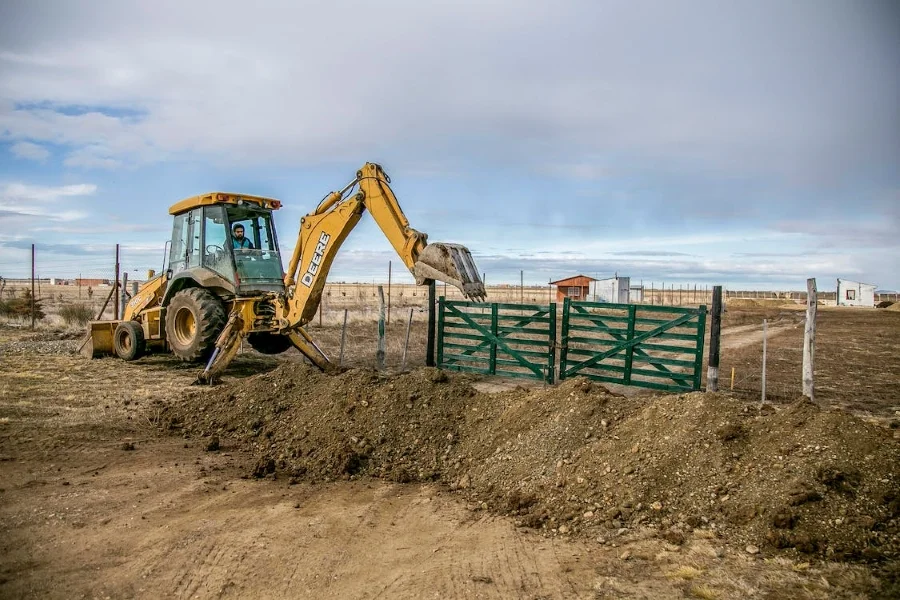
Excavators are heavy construction machines used for digging and earthmoving tasks. They are commonly used in large-scale projects, such as mining operations, construction, and road projects. Moreover, excavators are designed with a hydraulic system that improves their ability to perform precise and powerful digging, lifting, and loading activities.
Excavators come in different sizes for varying operations. For example, their sizes range from compact mini-excavators with lower horsepower and smaller digging capacities to large hydraulic excavators that handle heavy-duty tasks.
Features
- Boom, arm, and bucket
- Tracks or wheels
- Cab
- A control system
- Hydraulic system
- Swing
Pros
- High versatility
- Can handle heavy loads and effectively perform demanding tasks
- Long reach and access
- The boom, arm, and bucket facilitate precise operations
- Designed to provide stability and safety during operations
Cons
- High costs of acquisition and maintenance
- Requires adequate operator training and experience
- Limited mobility
- Causes environmental pollution
Backhoes
Backhoes are heavy construction equipment that combines loader and excavator features and functionalities. Thus, they have a large loader at the front and a boom, stick, and bucket at the back, which makes them more suitable for a broader range of operations, including digging, lifting, and loading. They are also smaller in size and more maneuverable than excavators.
Features
- Backhoe arm, bucket, and boom
- Loader bucket
- Controls
- Stabilizers
- Rotating platform, with a range of approximately 200 degrees
- Operator cab
Pros
- Combines loader and excavator capabilities, making them more versatile
- Easy to transport between job sites
- Compact in size, allowing them to navigate areas inaccessible by larger equipment easily
- Operational flexibility since they can perform various tasks within a single machine
Cons
- High upfront costs
- Limited reach and depth
- Lower lifting capacities
Functional differences between excavators and backhoes
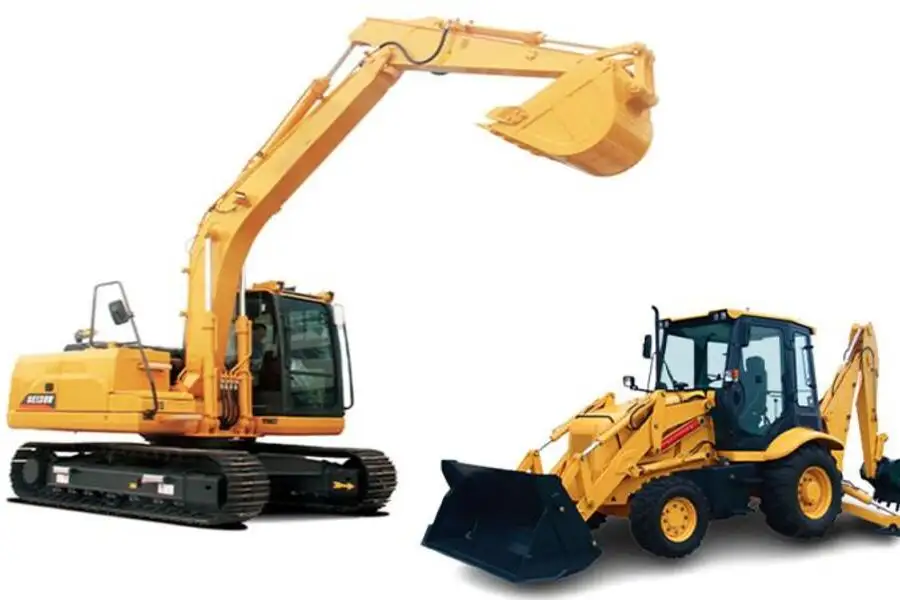
Specific models of excavators and backhoes have varying sizes and attachments, determining their operational capabilities and the tasks they can handle.
Here are some functional differences between excavators and backhoes:
1) Size
Excavators are larger and heavier than backhoes, making them more suitable for large-scale operations such as demolition, mining, driving piles, and drilling shafts. However, backhoes are more adaptable due to their smaller size and are better suited for small to medium construction and excavation projects.
Moreover, the size of the machinery affects maneuverability and accessibility. For instance, excavators’ large size limits their ability to operate in tight or confined environments.
2) Rotation range
Excavators are designed with an upper structure or rotating cab that can rotate 360 degrees. This rotation range enables the operators to work in any direction without physically turning the equipment. In addition, it provides flexibility for optimal material handling, digging, and lifting, especially in working sites with obstacles or limited space.
On the contrary, backhoes have a limited rotation range of approximately 200 degrees. For this reason, the operator’s working range and visibility are limited to the front and sides, meaning they may require constant machine repositioning when working in different directions. However, backhoes’ compact size makes them highly maneuverable, thus easy to navigate within constrained spaces.
3) Versatility
Both excavators and backhoes have a wide variety of attachments, which makes them incredibly adaptable. For instance, the hydraulic arm, bucket attachments, and 360 degrees rotations make excavators suitable for different projects.
However, the combination of loader and excavator features makes backhoe loaders more versatile since they can perform various tasks, including loading and unloading materials, excavation, trenching, and grading.
4) Mobility
While excavators perform excellently due to higher power and reach, their size and weight limit their mobility. For example, large excavators may face challenges navigating narrow or congested workplaces.
Backhoes, however, are smaller and more compact, enhancing their mobility and maneuverability. Thus, they are ideal for work conditions where mobility is crucial such as residential and urban environments.
5) Controls
Excavators typically use hydraulic controls operated within the operator’s cabin using joysticks or control levers. They have foot pedals or switches used to control the rotation of the upper structure.
Backhoes have two main controls, namely loader controls and back arm controls. The loader controls operate the loader bucket, which helps raise, lower, tilt, or dump. The back arm controls are used to extend, retract, raise, and lower the backhoe arm or control the activities of other attachments.
Excavators vs. backhoes for different end customers
Different end customers have varying equipment needs based on their operations, project scale, working conditions, safety features, and cost considerations. Here are some factors to consider when selecting excavators or backhoes to stock.
The target market
The demand for excavators and backhoes varies across global markets. For example, the Asia Pacific region had the highest excavator market share in 2022 at 40.5%. Thus, assessing and researching the market needs and opportunities in any given target market is crucial. This practice helps understand the type of projects and equipment preferences in a given market, allowing businesses to align their inventory accordingly.
Logistics and delivery
It is crucial to consider the logistics of stoking and delivering backhoes and excavators, including machine handling and transportation. Other aspects to consider are costs and availability of appropriate infrastructures and systems, including delivery resources, storage facilities, security and safety measures, and tracking and communication systems.
Range of equipment offerings
Gaining a competitive advantage in the heavy equipment market requires businesses to offer different types of excavators and backhoes to cater to diverse customer needs. There are various features to consider, including different sizes, power options, weights, attachments, parts, and functionalities.
The selection should be based on market research, specific customer needs, and projections of market trends.
Conclusion
Excavators and backhoes have shared features such as the arm, boom, bucket, and operator cabin, which makes them have overlapping functionalities. However, differences in mobility, versatility, rotation range, size, and controls, differentiate their functional capabilities and applications.
Maintaining a large, diverse inventory increases business competitiveness and the ability to meet customer demands. Buyers can visit Alibaba.com to explore a range of options for industrial machinery including both excavators and backhoes.
